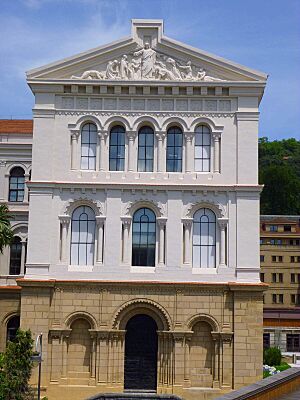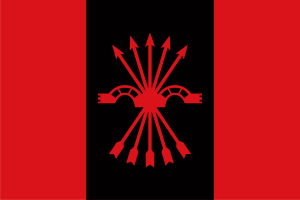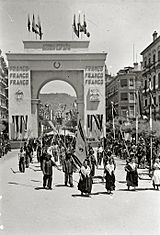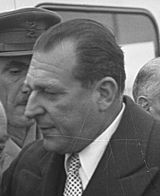Luis Arellano Dihinx facts for kids
Quick facts for kids
Luis Arellano Dihinx
|
|
|---|---|
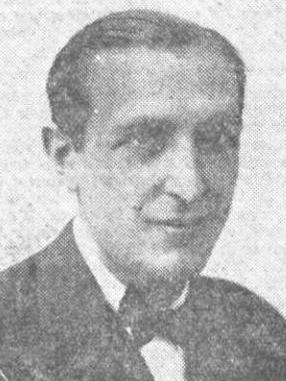 |
|
| Born |
Luis Arellano Dihinx
1906 |
| Died | 1969 (aged 62–63) |
| Nationality | Spanish |
| Occupation | lawyer |
| Known for | Politician |
| Political party | Comunión Tradicionalista, FET |
Luis Arellano Dihinx (1906–1969) was a Spanish politician. He was a member of the Carlist movement, which supported a different royal family for Spain. He also worked with the Francoist government. He was known as a leader of the "Juanistas," a group within Carlism. This group wanted Don Juan de Borbón to be recognized as the rightful Carlist heir to the Spanish throne.
Contents
Early Life and Family Background
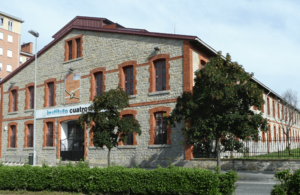
The Arellano family is one of the oldest families in Navarre, Spain. They have been around since the 1300s. Luis's father, Cornelio Arellano Lapuerta (1867-1935), was an engineer and a successful businessman. He helped build the Irati Train, a railway line connecting Pamplona and Sangüesa. He also worked on water projects for rivers like the Ebro.
Cornelio was a co-founder of Múgica, Arellano y Compañía. This company in Pamplona made and sold farming machines. It grew to be one of the biggest companies in Navarre.
Luis's mother was Juana Dihinx Vergara (1872-1969). Her father was also an engineer. Luis and María had four sons. They became involved in business, not politics.
Luis studied law and economics at the Jesuit University of Deusto in Bilbao. He finished his studies in the late 1920s. In 1936, he married María Dolores Aburto Renobales. Her family was also wealthy and involved in industry.
Political Beginnings in the Republic
Luis Arellano Dihinx became active in politics during the Second Spanish Republic. He joined the Juventud Tradicionalista, a youth group for the Carlist movement. In 1931, he gave speeches to support Carlist candidates in elections. He also spoke at Carlist events in Catalonia.
He became a close associate of Tomás Domínguez Arévalo, a major Carlist leader. In the 1933 elections, Luis was elected to the Spanish parliament, called the Cortes. He was one of the youngest Carlist representatives.
In parliament, Arellano worked with other monarchist groups. He also focused on social issues, helping with rural worker organizations. He fought for Navarre to get back its traditional local government.
In 1934, Luis Arellano was put in charge of the Carlist Youth Section. This section included the Juventud Tradicionalista and the Requeté, which was a paramilitary group. He was re-elected to the Cortes in the 1936 elections.
Role in the Spanish Civil War
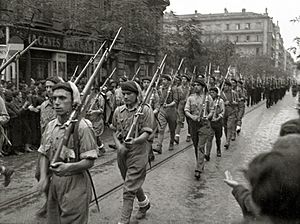
Luis Arellano was involved in the plan to overthrow the Republic in July 1936. He supported the military's actions. He helped coordinate new members for the Carlist militia, the Requeté. He served as a junior officer in the Sierra de Guadarrama mountains. He often traveled between the front lines and Navarre as a liaison officer.
He did not join the main Carlist wartime leadership. However, he worked for the press office of the Junta de Defensa Nacional, which was the National Defense Council. In early 1937, he joined a group dealing with social issues.
When there was pressure to unite different political groups, Arellano supported joining the new single party. This new party was called Falange Española Tradicionalista (FET). He believed that Carlists should join to ensure their influence after the war.
In April 1937, Arellano was part of a group that met with the Carlist regent, Don Javier. They pushed for the Carlists to accept the unification. The Unification Decree was issued, creating FET. Luis Arellano was appointed to the Secretariat, which was the executive body of the new Francoist government. He was one of four Carlists in this important group.
Life in Early Francoist Spain
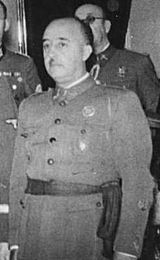
Even though he was part of the new government, Arellano was not happy with how the unification happened. He felt that Carlists were being pushed aside. He and other Carlist leaders stopped attending meetings of the Secretariat. In November 1937, he accepted a seat in the Consejo Nacional (National Council). Because of this, the Carlist regent, Don Javier, expelled him from the Carlist movement.
Arellano worked on creating a framework for labor organizations in the new government. He tried to promote Carlist ideas about how workers should be organized. However, his plans were not fully adopted.
In 1938, when his mentor Rodezno became Minister of Justice, Arellano became the sub-secretary. He held this position until August 1939. He became increasingly disappointed with the new party. He tried to protect Carlist assets, even becoming a shareholder in a newspaper called El Pensamiento Navarro. By the early 1940s, he was no longer part of Franco's inner political circle.
During the 1940s, Arellano was active in Navarre. He worked as a legal advisor for the Navarrese local government. He also helped compile traditional local laws. He was a key figure among Carlists who supported Don Juan, the son of the former King Alfonso XIII, as the rightful heir. In 1946, Arellano visited Don Juan and helped write a document called Bases de Estoril. This document supported Carlist ideas but did not fully declare Don Juan as the Carlist king.
Later Years in Francoist Spain
In 1951, Luis Arellano was elected to the Pamplona city council. After Rodezno's death in 1952, many saw Arellano as a leader for Carlists who worked with the Francoist government. Franco appointed him to the Cortes Españoles, which was the Francoist parliament. In 1953, he had a personal meeting with Franco.
Arellano worked to prevent the Falangist party from taking over local administration in Navarre. This conflict ended with a victory for Navarre.
He continued to support Don Juan. In 1957, Arellano led a group of Carlists who visited Don Juan and declared him the rightful Carlist successor. Arellano joined Don Juan's private council. In 1958, he tried to control the annual Montejurra gathering, a big Carlist event. However, young Carlists who supported Don Carlos Hugo (another Carlist claimant) protested against Arellano, and he had to leave under protection.
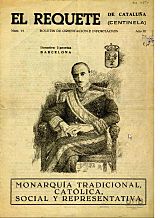
Arellano remained an important politician in Navarre. He was appointed to the Cortes by Franco in 1960 and continued to serve. He helped promote the Fuero Recopilado de Navarra, a legal effort to combine Navarre's civil laws with Spanish law. He also worked as a lawyer for various companies.
Final Years and Legacy

In the early 1960s, Don Carlos Hugo tried to gain support from Carlists who worked with the Francoist government. Luis Arellano, despite being a strong supporter of Don Juan, hosted Princess Irene during the 1963 Sanfermines festival. This was part of a plan to gain publicity for Don Carlos Hugo. The event was repeated in 1964. However, young supporters of Don Carlos Hugo attacked Arellano, ending his brief cooperation with them.
Arellano continued to be a member of the Cortes until 1967. He worked on important laws, including those related to religious freedoms.
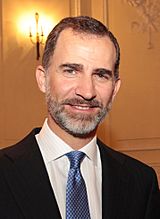
In 1966, Luis Arellano was seriously injured in a car accident. He passed away in 1969. Shortly after his death, he was named hijo predilecto (favorite son) by the province of Navarre, recognizing his contributions.
See also
 In Spanish: Luis Arellano para niños
In Spanish: Luis Arellano para niños


